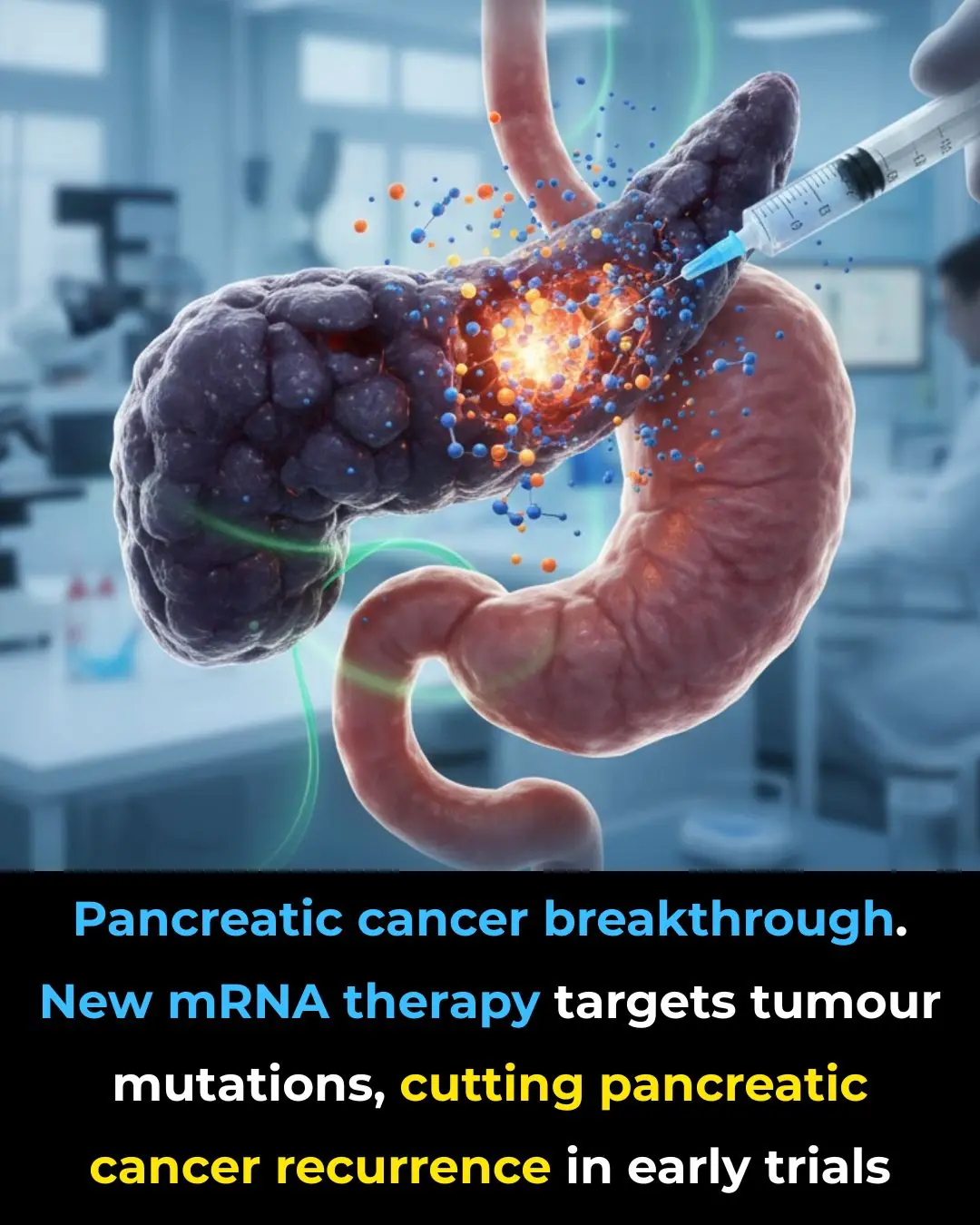
Reviving the Brain’s Waste-Clearing Pathways May Reverse Alzheimer’s Damage
In a truly remarkable scientific breakthrough, researchers have succeeded in reactivating the brain’s intrinsic waste‑clearing system, resulting in the disappearance of toxic Alzheimer’s‑related plaques in laboratory models. This system, known as the glymphatic system, is responsible for flushing out metabolic waste and harmful proteins such as amyloid‑β, which are strongly linked to memory loss and cognitive decline. By stimulating this network, scientists enabled it to more efficiently remove the accumulated toxic material that characterizes Alzheimer’s disease.
What makes this discovery especially inspiring is that it suggests our own bodies already possess the mechanisms needed to fight Alzheimer’s, without the need to rely solely on externally administered drugs. Rather than simply blocking or neutralizing amyloid plaques, this approach empowers the brain to heal itself by boosting its internal cleansing machinery.
The glymphatic system works by exchanging cerebrospinal fluid (CSF) with the interstitial fluid (ISF) in the brain through perivascular pathways. Astrocytes — a type of glial cell — play a key role, and in particular their water‑channel protein Aquaporin‑4 (AQP4) is critical for efficient flow. Disruption of this system, including loss of AQP4 function or polarization, has been implicated in aging and neurodegenerative disease. BioMed Central+2ScienceDirect+2
In a groundbreaking study published in Nature Aging, scientists demonstrated that restoring the function of cervical lymphatic vessels (cLVs) significantly improves cerebrospinal fluid drainage in aged mice. PubMed+2researchprofiles.ku.dk+2 Over time, the pulsatile pumping of these vessels declines with age, impairing the removal of waste from the brain. But by applying prostaglandin F2α, the researchers were able to revive the contractility of these lymphatic vessels, restoring their function and enhancing waste clearance. researchprofiles.ku.dk This in turn helped remove harmful proteins—a step that could potentially reduce or even reverse the accumulation of toxic plaques.
In parallel, other teams have explored non‑invasive methods to stimulate glymphatic clearance. For example, a study published in Nature Communications and later discussed in reviews demonstrated that low‑intensity 40 Hz blue light stimulation in a mouse model of Alzheimer’s (the 5xFAD strain) helped restore AQP4 polarization, boosted drainage, and led to a marked reduction in soluble amyloid‑β in the hippocampus. Nature The intervention also improved memory and motivational behaviors in the mice — providing a promising proof‑of-concept that external modulation of brain circuits can enhance the brain’s self-cleaning processes.
These findings are part of a growing body of research that positions glymphatic restoration as a therapeutic strategy for neurodegenerative diseases. Reviews in the scientific literature argue that augmenting glymphatic clearance could become a complementary axis to traditional Alzheimer’s therapies, especially given that declines in glymphatic efficiency are strongly tied to aging and disease risk. ScienceDirect+1
Although much of this work remains in animal models, the implications are profound. If similar strategies can be translated to humans, it may be possible someday to prevent, delay, or even reverse Alzheimer’s disease, not by introducing foreign drugs but by awakening and enhancing our brain’s own built-in cleaning system. This could signify a paradigm shift in how we think about neurodegenerative treatment.
Of course, there are still many steps to be taken: more preclinical validation, safety studies, and eventual human clinical trials. But the promise is real — by leveraging the body’s own biology, we may be moving toward a future where Alzheimer’s is no longer a foregone conclusion.
In short, this discovery is a powerful reminder: the most effective cures might already reside within us, waiting for science to unlock them.
References (new, reliable sources):
-
Du, T., Raghunandan, A., Mestre, H. et al. Restoration of cervical lymphatic vessel function in aging rescues cerebrospinal fluid drainage. Nature Aging (2024). PubMed+1
-
Wu, W. et al. Modulation of glymphatic system by visual circuit activation. Nature Communications (2025). Nature
-
Kopeć, K. et al. The therapeutic potential of glymphatic system activity to reduce the pathogenic accumulation of cytotoxic proteins in Alzheimer’s disease. International Journal of Molecular Sciences (2025). MDPI
-
Hablitz, L. M. et al. Cerebrospinal fluid flow modulates brain health. Journal of Clinical Investigation (2025). jci.org
News in the same category

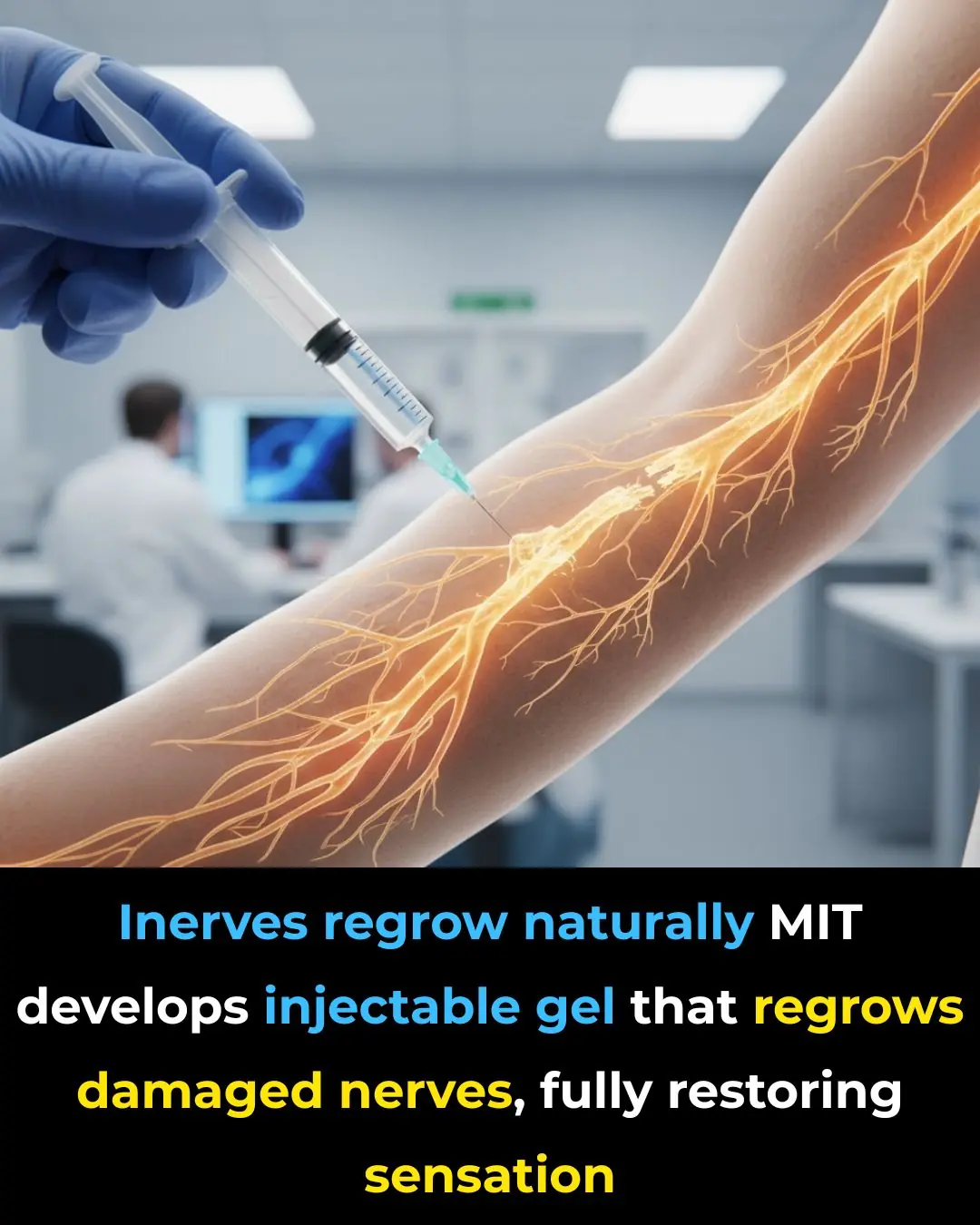
MIT Scientists Develop Injectable Gel That Can Fully Repair Nerves and Restore Sensation

A New Era of Computing: China’s Quantum Machine Surpasses the World’s Fastest Supercomputers

New CRISPR Therapy Shows Promise in Removing HIV and Preventing Viral Rebound
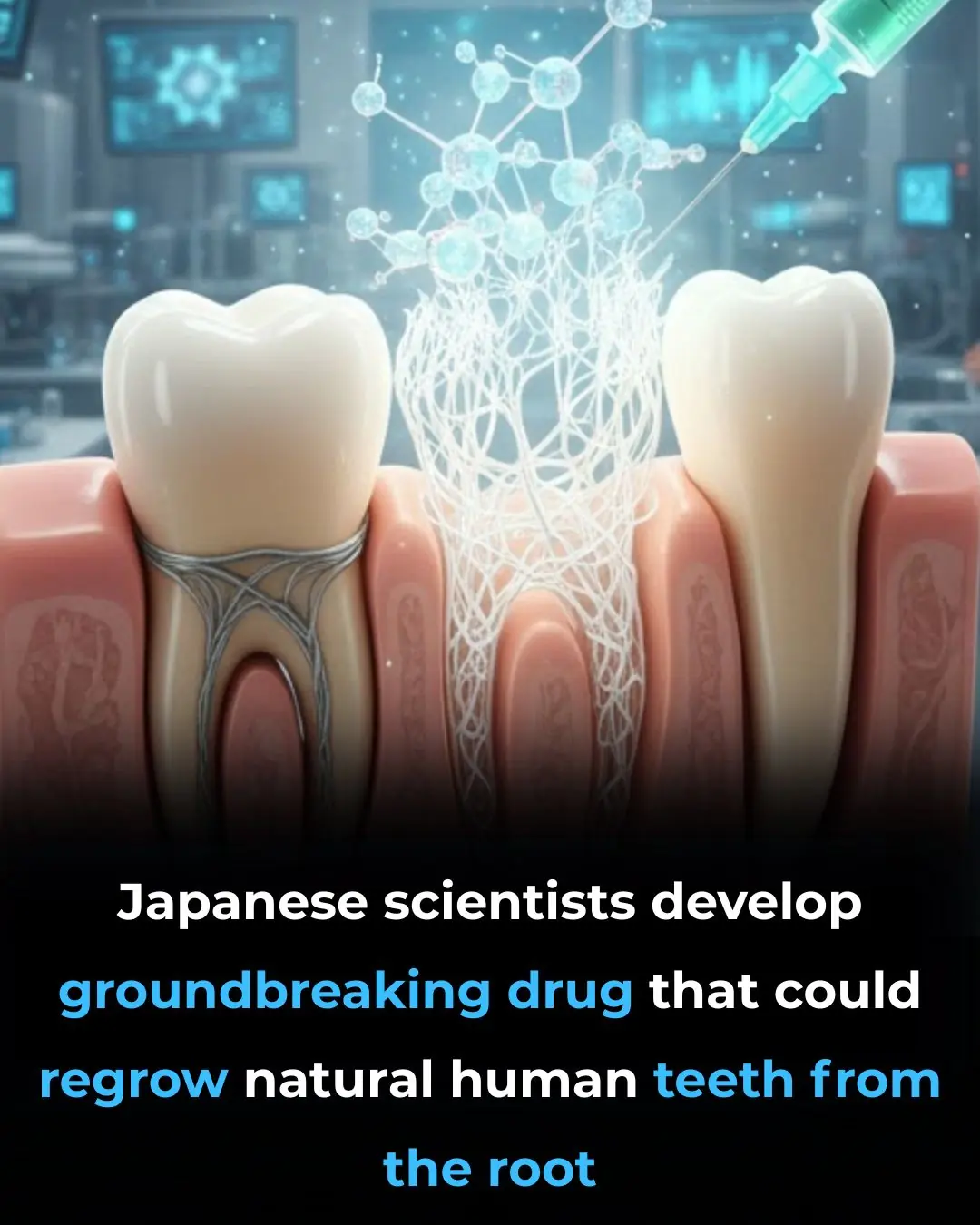
Japanese Scientists Develop Drug That Could Regrow Human Teeth

White House Gives Major Update On Donald Trump's

What’s with the white paint on the tree trunks?

If You See A Bent Tree In The Forest, Start Looking Around Immediately

Scientists Discovered A Sinkhole 630 Feet Underground In China Known As “Heavenly Pits”

Ever Wake Up But Can’t Move

Are Eggs with Bl00d Spots Safe to Eat? The Truth Behind Those Tiny Red Specks

You’ll Think Twice About Soft Serve

A 42-Year-Old Man Died of a Stroke Despite Not Smoking or Drinking — Doctors Shocked to Find the Real Daily “Killer” in His Diet

How to Remove Water Stains from Wood with Mayonnaise

Close or open the bathroom door for ventilation? It turns out many people still do it wrong

What Does It Mean To Wear a Ring On The Right Hand

Who Will Not Be Eligible As Trump Promises To Give $2,000 To Almost Everyone In America
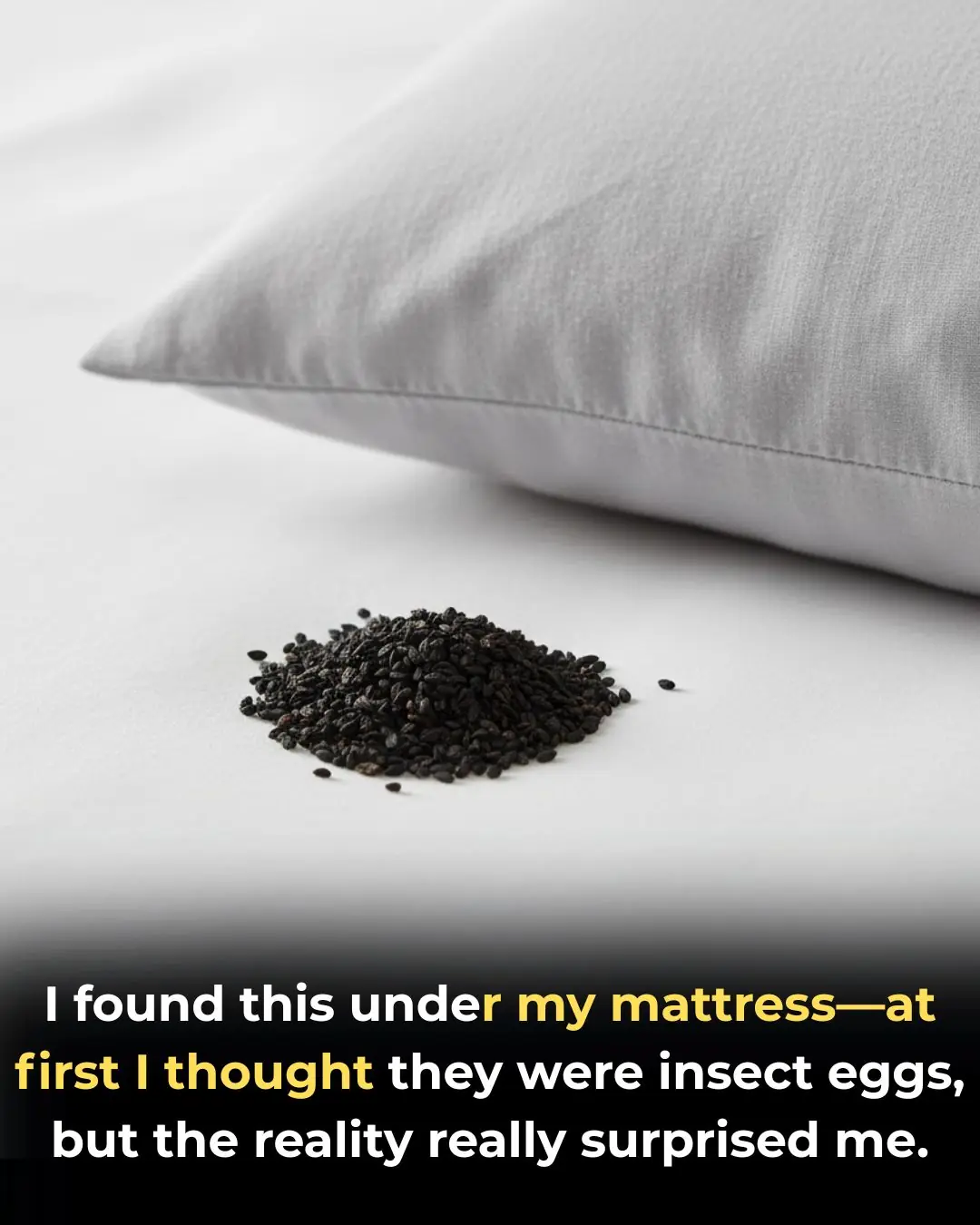
I Thought I Found Insect Eggs Under My Bed

The Lip Color You Pick Reveals What Kind of Woman You Are
News Post
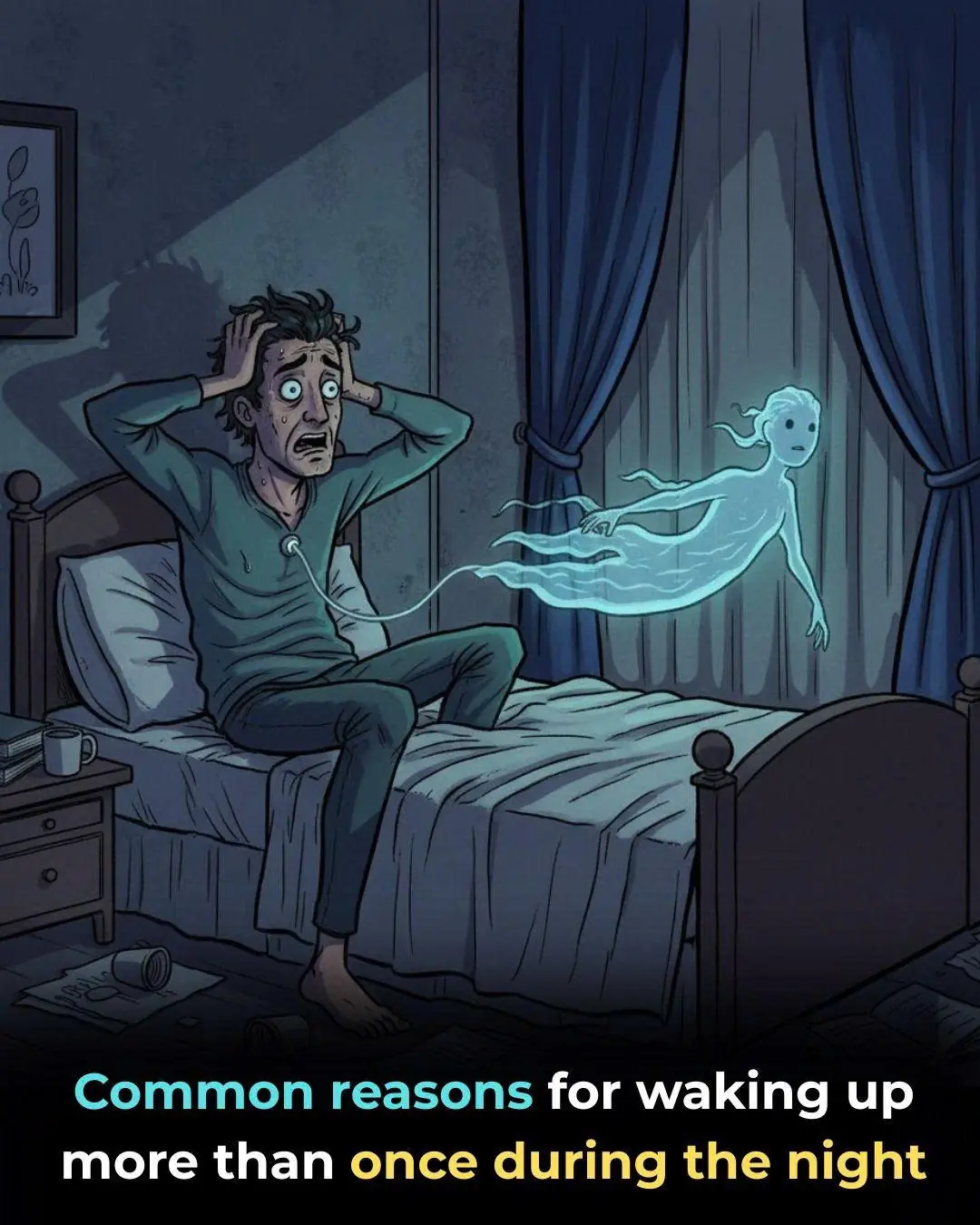
Why You Keep Waking Up at Night

MAFS UK’s Davide breaks silence over ‘painful’ split from Keye

If You See A Purple Butterfly Sticker Near A Newborn, Here’s What It Means

16-Pound Giant Baby Made Headlines In 1983, But Wait Till You See Him Today

Research reveals the #1 vitamin for eye protection

World’s Most Secret Underground Villa Built By A Woman Living Off The Grid

Don’t Rinse Pork Immediately After Buying It — Use This Method to Keep It Fresh and Delicious for a Whole Month

Don’t Clean Your Rice Cooker with Plain Water: Use This Solution — Sparkling Clean in Just 5 Minutes

My nana taught me this hack to deodorize trash cans in 2 mins with 0 work. Here’s how it works

Neat Hack

Boiling Shrimp in Plain Water Makes Them Fishy and Mushy — Add This for Bright Red, Firm, Flavorful Shrimp

I Had No Idea What That Little Fabric Square Was For — Until Now

Girl Abandoned By Parents For Her Looks Wants To Prove The World Wrong – Now She Models For Vogue

12 Weird but Genius Ways to Unclog Things Naturally

Don’t Eat Tofu Right After Buying It — Freeze It First! The Results Are Surprisingly Amazing

Put Borax on Wax Paper and Slide It Under Your Fridge — Here’s Why

10 Surprising Ways to Use Vinegar Around the House

Works Like a Charm

My nana taught me a brilliant 2-minute hack that makes dusty blinds sparkle with zero effort — here’s how it works
